Corseterie: the forgotten one in the Lingerie field
The history of lingerie is fascinating. It is at the heart of society’s changes, customs and trends. Other cultures’ contributions, wars, moral or religious principles, economy, hygiene, industry’s birth and even the World Fairs have shaped it. It reveals woman’s position, shackles, liberations and social or anatomical changes.

Corseterie: the forgotten one
Linen has long been hidden. But it has never been as close to the body as the corset. Supporting, excruciating, seductive, it gave birth to a very French know-how. Today, lingerie is globalizing forgetting corseterie in the process. Will this skill eventually vanish?
Bathing, intimacy, protection, eroticism
It is hard to find traces of lingerie before the 12th century. Linen is precious, it is passed down from generation to generation or recycled into bandages or stuffing.
It is hard to find traces of lingerie before the 12th century. Linen is precious, it is passed down from generation to generation or recycled into bandages or stuffing.
Then, back from the Middle East, the Crusaders bring in the concept of bathing. And the first shirts appear. The evolutions and trends of clothing modify customs, as early as the 14th century, when changes get more common and clothes assert gender. The feminine figure actually clearly shows women’s specificities: narrow shoulders, higher breast and rounded belly (symbol of maternity).
At that time, “cottes” (sorts of corset) and garter strips can be found in the feminine linen, which becomes a component of its own in 16th century wardrobe. Under Henry III, eccentricity and luxury interfere in fashion. Bathing gets rarer, but linen has to be white, that is to say clean. Lace comes into fashion. Soon, Louis XIV’s garments overflow with lace.
In the 18th century, the feminine figure becomes lighter. At the end of that century, English-style dresses make corsets useless. Until then, the feminine anatomy was considered weak and fragile. The corset aimed at straightening out the body. Coming from the austere Spanish courts, it was also supposed to control the woman’s posture so that she would control her passions.
But in the 18th century, Voluptuousness is the watchword. The number of pornographic works increases.
The combination of sex and love leads to intimacy, in the bedroom. Linen proliferates. Women have actually more linen than men. More or less scabrous inventions appear: it is necessary to urge men and women to conjugal duties. This is the time of bidets and great mirrors.
People can see themselves full-length, they become aware of their nakedness. The end of the 18th century marks the return to Nature, the one of Jean-Jacques Rousseau.
The “eaux-de-toilette” thrive, clothing tends to be more supple and comfortable. But, with Napoleon, the priority is boosting the economy and activity. It is necessary to produce and consume. Joséphine sets an example.
In the 19th century, the figure becomes more austere again. The nightdress gives way to the pyjamas at night. Women display evidence of wealth. The bourgeois’ activities invariably switch from supervision to society life. Change can only be expressed through the wardrobe, with one different silhouette for each place, each circumstance.
During Le Second Empire, the woman’s wardrobe is complex. She becomes a fortress. An inch of her skin may not show.
Therefore, she plays hide-and-seek with her own body, using very thin fabrics that suggest what they veil. Linen becomes more erotic.
Hygiene
The notion of hygiene develops at the time. Until then, the main concern was above all to remain healthy. Thus trousers are made compulsory for girls in school, especially for jumping and dancing. They are worn more widely at the end of the 19th century, due to hygiene and modesty, since they hide the top of the legs.
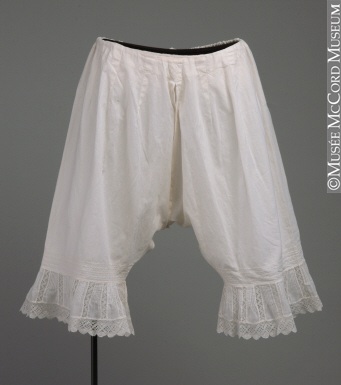
Pants at the end of the 19th century – McCord Museum
http://www.mccord-museum.qc.ca/fr/collection/artefacts/M972.75.19?Lang=2&accessnumber=M972.75.19
Slim waists, sculpted in corsets, leave their print on the end of the 19th century. Corsets have been mass-produced since the middle of the 19thcentury, but wealthy women keep having them made-to-measure by corsetieres, so that they fit the body and correct the silhouette’s imperfections.
Great revolutions
On several accounts this period is rich in terms of textile and linen. Women sew and embroider: middle-class ones to prepare their trousseau, the poorer ones to patch up. But the textile industry is growing fast. Mechanical looms are set up, lace is quite fashionable and there is a surge of colors. It is also the time for department stores, which become consumption temples. As lingerie is displayed and exhibited to everyone’s eyes, the pace of its trends accelerates. The corsets are adapted (such as a half-corset for sea bathing).
New items are created. The World Fairs engender patents in every production field. Lingerie is not left out. In 1889, Herminie Cadolle patents her corselet-gorge: the bra.
This is a revolution, because it is not designed to support the breasts but to suspend them from shoulder straps. Following this, Americans largely distribute some kind of “brassieres” that will give birth to the word “bra”.
Pleasure and emancipation
La Belle Epoque brings the notion of pleasure to society. Every respectable house is expected to have its smoking room and its boudoir, yet men go out more, so do women. Women’s sexual behavior changes. Women no longer confide in their priest but in their doctor. Flirting is fashionable. Lingerie takes an erotic side and is even displayed.
“Les petites femmes de Paris” make men dream. Stripes, silk ribbons match the colors of the lingerie, inspired by the cabaret dancers on posters.
Corsets, already discredited by doctors worried about breast diseases and abortions, are “banned” in 1906 by Paul Poiret, who liberates women by creating high-waisted dresses for them.
During Word War I, letters and suggestive pictures are exchanged; lingerie brings some softness in this world that has become so cruel.
But owing to the war casualties, then to the Spanish flu, textile soon turns predominantly black.
When women adopt a boyish look, fashion and lingerie are faced with great changes. With short hair and a flat chest, women focus on their legs. The Paris of the 20’s makes art rime with pleasures. Chanel, Vionnet and Patou are the great names of the time.
Everything is rushed. Women want comfort and convenience, adopting only one outfit for the day, a short dress for the evening. Despite this silhouette, with less conspicuous feminine attributes, lingerie develops.
The bra is launched. Women try to have a smaller looking chest. This is when Mrs Cadolle creates for Gabrielle Chanel the “boyish form”, which flattens the breast.
Innovations
The bra happens to be improved by other innovations at that time. In 1926, the idea of separating the breasts dawns on Rosalind Kind’s mind. And in 1927, Ida Rosenthal, who is about to create the Maiden Form Brassiere Company with her husband, rationalizes the cup sizes (which afterwards become A, B, C, D, etc.).
Chest lifted by straps, separate breasts and cup sizes are now taken into consideration: the three major assets of the bra are at last formalized.
Despite these anatomy or convenience considerations, despite the smaller-looking chest, ornamentation is quite important in the 20’s. Lace, fine embroidery and sophisticated colors embellish lingerie.
This is also the time when Petit Bateau innovates the pants. They start selling in the 30’s and are widely worn in the 50’s.
The only constraint to be noticed in the lingerie then is the pantie girdle, which flattens the hips and suspends the stockings. Yet, the garter-belt patented in 1878 is not popular until 1920, when women intend to show tanned legs and therefore wear stockings.
Innovations continue with the arrival of Lastex, a very thin thread that can be weaved. Weaving looms are adapted. 1933 is the year of the Scandale girdle launch: the first girdle entirely made of elastic fabric. It is a success.
The girdle is produced industrially and the corset is left to fetishists. Indeed, women are really willing to be attractive. Beauty advice abound. With the influence of Hollywood, the silhouette becomes an obsession and an ample chest is what women want. Lingerie mostly looks for elasticity, luxurious and light fabrics, with lots of ornamentation. Fortunately, at that time, the workforce is cheap, due to the crisis, but highly qualified.
Lingerie as a symbol
In 1942, at the peak of war, lingerie is more than ever synonymous with Parisian luxury. The press encourages women to remain pretty and praises new fabrics. On a day-to-day basis, lingerie consists on a bra, pants, a garter belt and a covering slip.
But stockings turn rare. Then comes the resourcefulness era: women dye their legs and draw a line at the back to simulate stockings. Every means is fine to escape from reality and to look like the movie stars.
Liberation, extreme femininity and proliferation
Then, La Libération sets free creativity long-time imprisoned for want of resources. It is mostly Christian Dior’s New Look that shakes the codes and puts female characteristics back into the forefront: slim waist, large hips and high chest. This will be the beauty ideal until 1965.
It is also the time of the bikini, the half-cup (or balcony, fruit of the collaboration between Marie-Rose Lebigot and Carven), of Lejaby’s uplift bra, of the massive use of nylon, of pointed chests, of the corselet (a kind of a girdle to be worn under tight clothes), of the basque (another creation of the Cadolle House).
Many brands are born then: Rosy (1947), Aubade (1958), Lou (1946).
Dramatic revolution
The end of the 60’s leads France into a social revolution that turns the lingerie upside down so much so that many houses are endangered.
With a high purchasing power, the youth rejects the elegance codes of the 50’s. Twiggy becomes the new female icon: no chest, no bottom, no hips, she is almost androgynous.
The consequences for lingerie are huge: bras are burned as a symbol, the pantie girdle replaces the garter-belt and tights replace stockings.
The key-words are functionality, suppleness and naturalness.
Fine lingerie disappears. At the beginning of the 70’s, lingerie producers, that have not anticipated all this, collapse. Only Damart comes through the period thanks to its undershirts for the elderly.
Flashback on clichés and froufrous
At the end of the 70’s, teenage girls are eager to discover a seduction they have not experienced yet.
With James Bond for example, some clichés come back. In the 80’s though, on the one hand, sport and aerobic tendencies require comfortable underwear and lead to a new lingerie, with large elastic straps (the Calvin Klein type), on the other hand, retro fashion codes come back: clothes fabrics and frills differently used in Chantal Thomass’s lingerie, new kinds of corsets redesigned by great couturiers like Lacroix, Gaultier, Mugler or MacQueen.
Technical, porn or organic?
From the end of the 80’s till the 2000’s, 3 major trends can be spotted in lingerie. Technical sophistication first. The focus on the body, a devotional object of the 80’s, requires from lingerie new technical prowess: the Wonderbra, flatteners, buttock lift and shaping briefs, skin touch, antibacterial or perfumed fabrics…
Another important trend: chic porn. Aubade launches its Seduction Lessons. Terry Richardson shoots for Gucci. Antiflirt makes the girl open her legs. The Erotic Minitel gives way to the Internet and its sex toys. New sexy or erotic lingerie brands appear like Maison Close or Agent Provocateur.
As a reaction to these two tendencies, cocooning moves in too in the lingerie field in the 90’s. Home-wear comfort and then the green trend give birth to organic fabrics, new fabrics and respect of the skin.
The end of an era
Today, fashion in lingerie has become vague, as with the textile industry. It is difficult to describe THE woman in 2010, 2011… The brands ‘targets are more complex and far more varied. While 15 years ago, it was still common to stereotype women (the woman-child, the mother, the sexy woman), woman today rather expresses herself in her whole complexity.
One brand did understand it far before others: Implicite, choosing to illustrate its campaigns by the unveiling games of the lights of the artist Eric Cuppari.
For a woman, choosing her own lingerie, amounts to choosing the brand that corresponds to her purchasing power, her personality or her age.
The remarkable phenomenon these last years is that the market has entered the logic of a democratized fashion, whose rhythm is imposed by the diktats of very young girls, young bloggers and young actresses. H&M, Princesse Tam Tam and Etam flood their displays with their briefs.
As for the textile, there is no room left except for “empires”. Chantelle actually did feel that change was coming and moved in time from the company/historical brand status to that of the inescapable group in France, including many brands like Chantelle, Passionnata, Darjelling, Chantal Thomass and Orcanta the distribution network.
But what is left of the corseterie art? New brands are far from the fitting rules.
Old brands, former jewels of France, have let their craft, their know-how and even (although they deny it) their conception go foreign, mostly in Tunisia, then in China. Who still defends the uncountable pieces of bra? The talent necessary to assemble them? The fineness of beautiful lace? The noble fabrics that don’t inflame the skin or that don’t get damaged by washing? All this is a skill, an ancient know-how, nourished for generations that is disappearing very, very quickly!

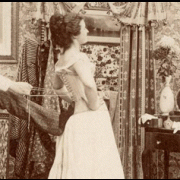

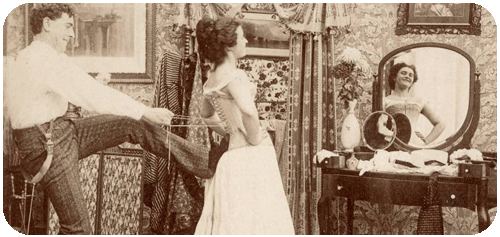
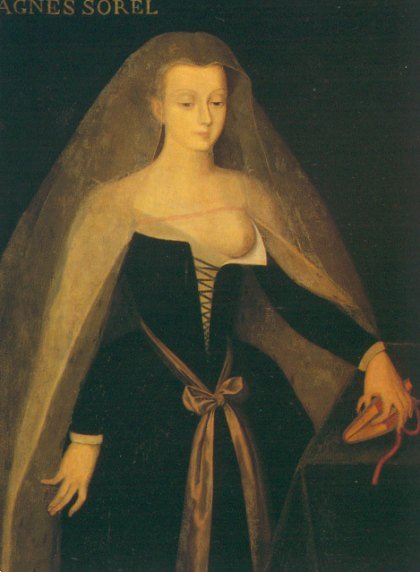

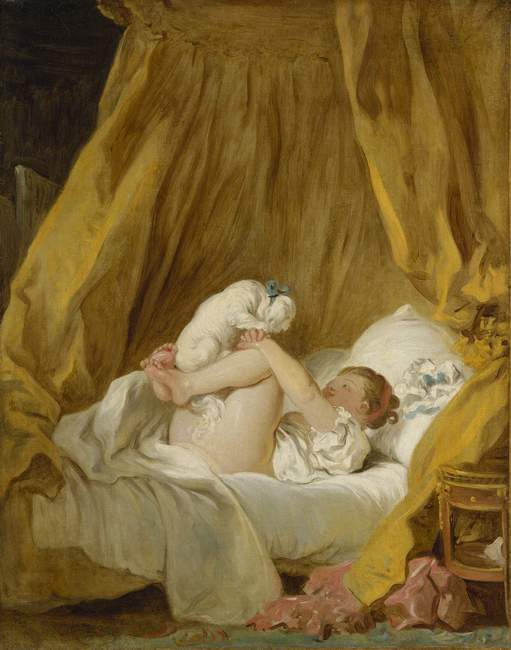






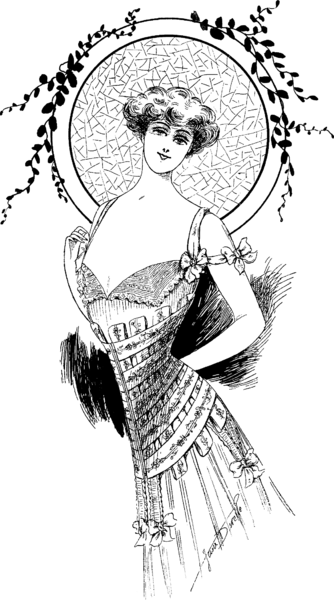
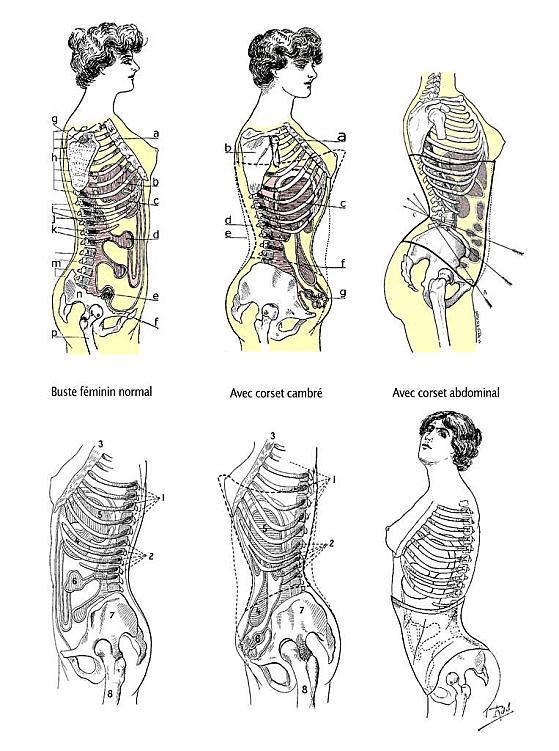
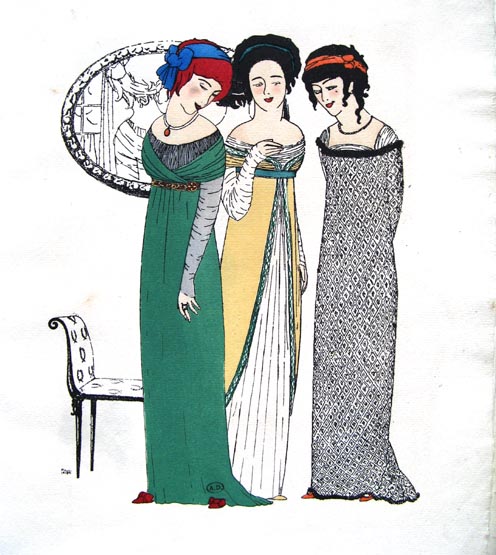

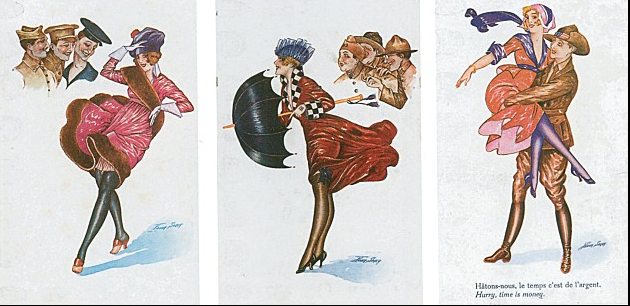
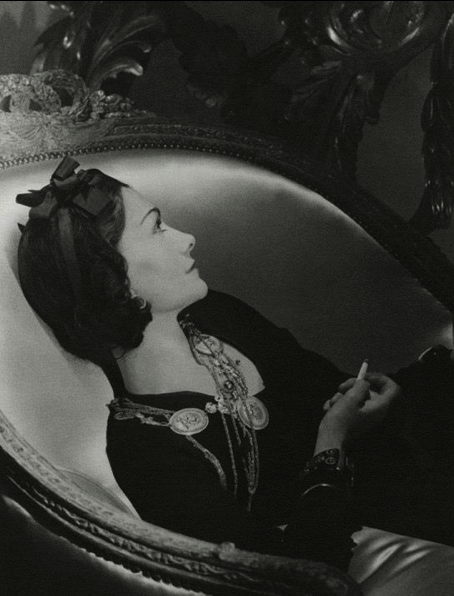
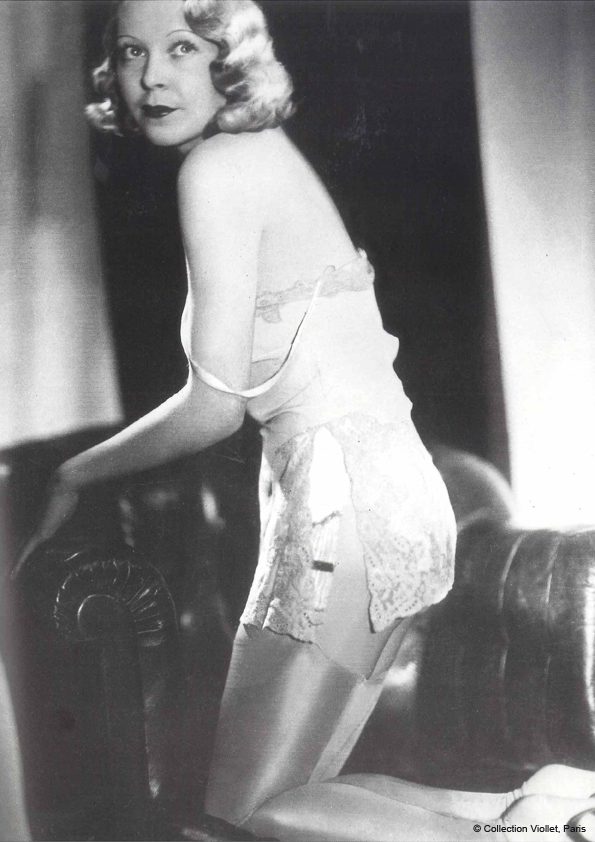
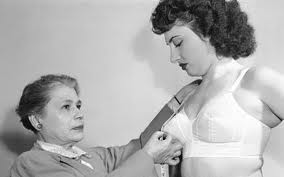
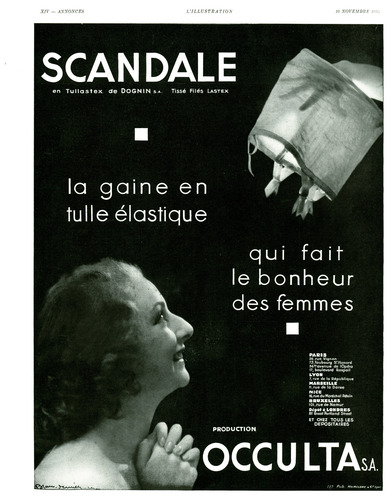


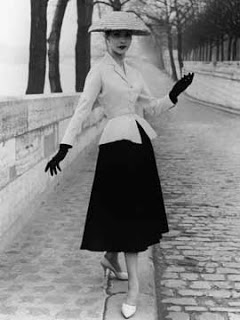
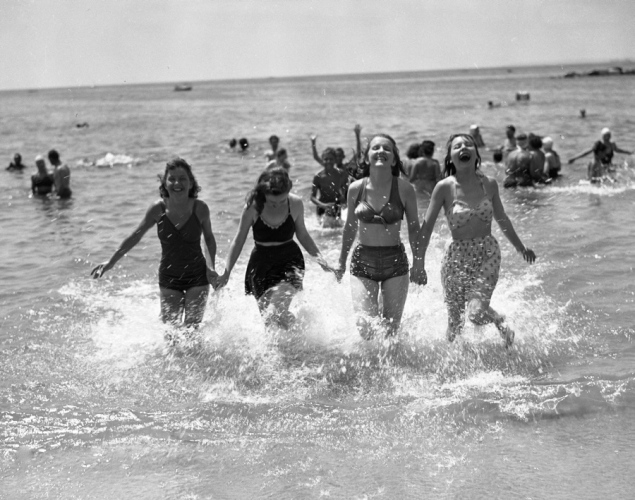
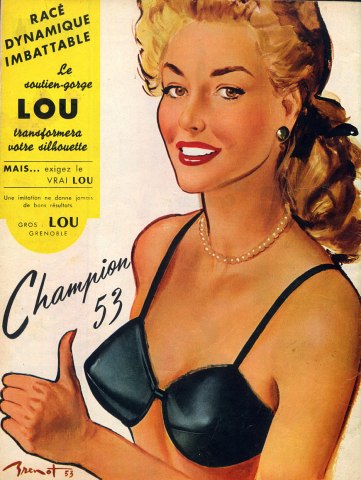

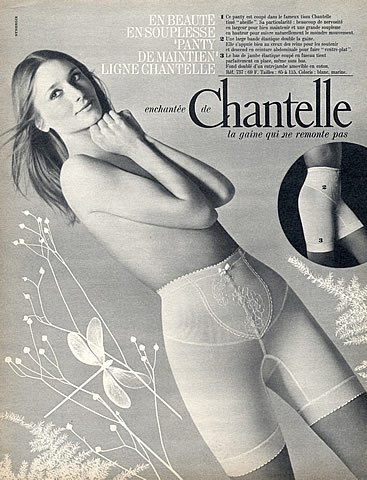

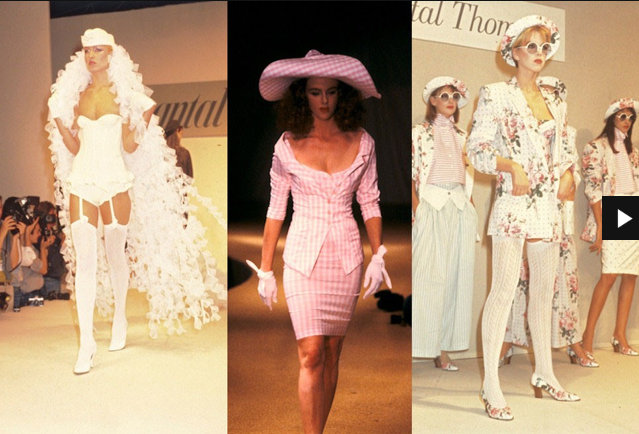
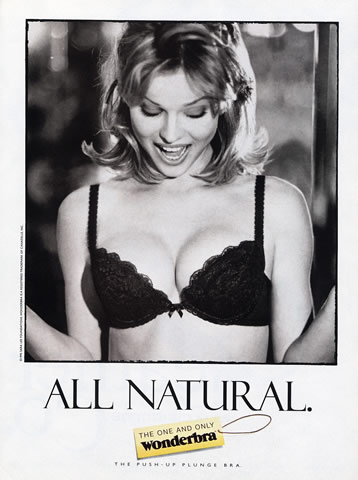

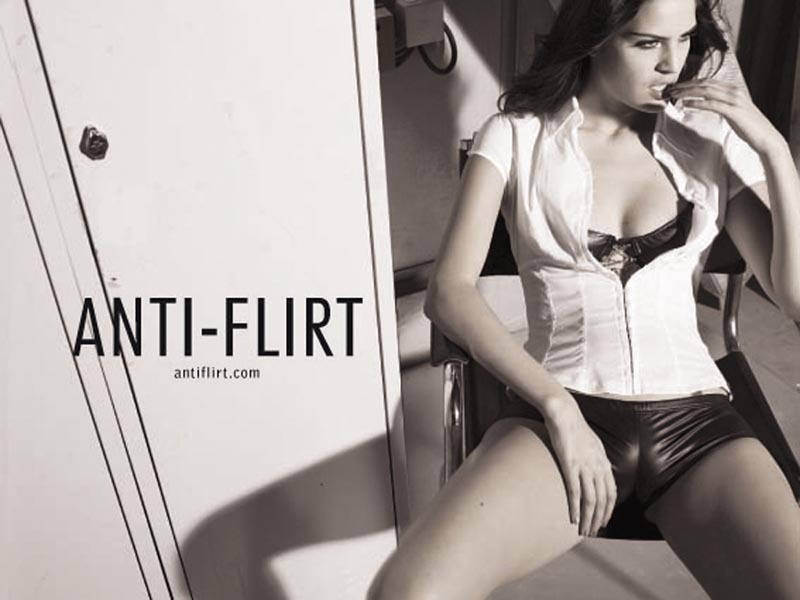
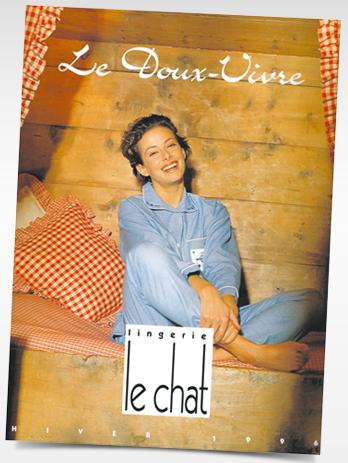
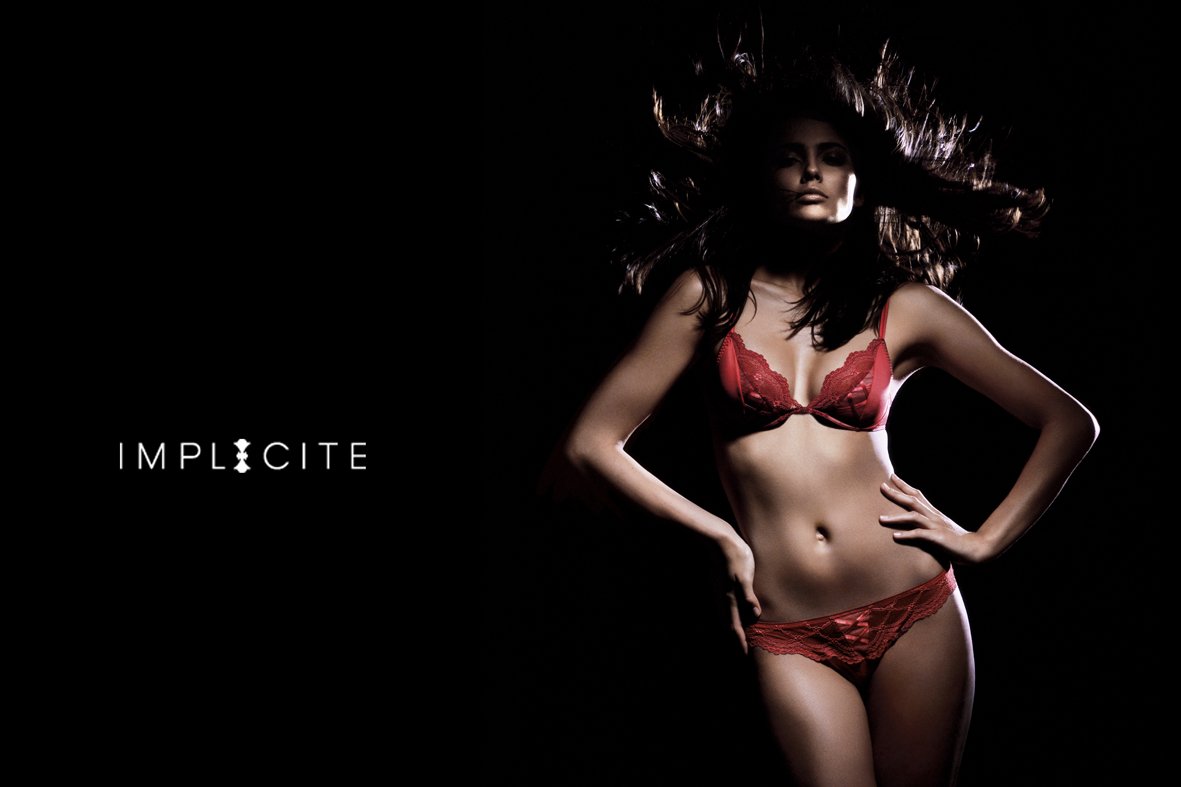

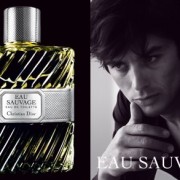


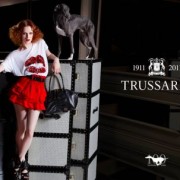
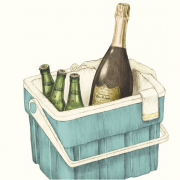



Leave a Reply
Want to join the discussion?Feel free to contribute!